In 1997, I had my first opportunity to dive in one of the most remarkable caves I have ever explored. Within Wakulla Springs State Park in north Florida is a true wonder of the world. Beneath the glinting hulls of glass-bottomed boats where tourists peer into the liquid world, the cavern yawns wide. It vanishes into the earth like the pale throat of a beast disappearing into the darkness. The opening narrows to a jagged portal, where light surrenders to shadow, me following with over 250 kg of technology clipped to my body and the world above a fading memory.
The pressure builds with a creeping force, and I pinch my nose, tilt my head, and feel the air shift inside. Then my hand fumbles across my chest, a ritual of adjustment—a twist here, a tug there and a pulse of air relieving the pinch of my dry suit. The rebreather resists, its mechanism sluggish to match my descent, the first draw of breath feels thin and wanting. The addition valve coaxes the gas into the loop, and I feel the rush fill the vacuum that depth creates. Breathing becomes easier, and I continue to drop. The scooter hums, tethered and obedient, and a second one trails behind me, just in case.
Darkness thickens, and the cycle begins again: equalize, adjust, breathe. The lights in my heads-up display oscillate their cryptic signal—green, pulsing, safe. But trust demands verification. The analog gauge confirms what I already know yet dare not assume. Oxygen creeps upward in its delicate dance with helium and nitrogen, the three gases locked in a quiet struggle that hisses and squeals through the machine, each precious and accounted for.
At 180 feet, the cavern opens into a massive void. The line of gold—the guide, the lifeline—runs taut through the emptiness, its glow the only certainty in this infinite night. Rocks are scattered across the floor, while the walls and ceiling vanish into a black that even the strongest light beam cannot pierce. The water surges against me, relentless, and my body bends to its will. I push forward, temples pounding with effort, thighs clenched around the spare scooter, fins curling to correct my course. The movement here is not command but compromise, a slow and deliberate negotiation with forces older and stronger than I will ever be.
Above: Jill drives the mapper through Wakulla
The first chamber looms vast around me, a place of wonders that barely register. It is called the Grand Canyon. A mastodon’s tusk emerges from the silt, a relic of some ancient visitor. A gargantuan thigh bone lies nearby, but these are fleeting distractions, ghosts in a place that demands focus. My mission lies deeper, the pull of exploration dragging me forward, eyes moored to the line, the machine, and the rhythm of my survival.
At depth, the rebreather hums into a familiar cadence. Tiny injections of oxygen slip into the loop, sustaining me. The machine and my body meld into one, a symbiosis that is equal parts necessity and surrender. The mouthpiece carries a taste—cool helium, fresh oxygen, and something sharp, almost metallic. The solenoid clicks like a heartbeat, constantly reassuring. Its absence is a warning, and if the rhythm falters, I check the displays, glance at the redundant gauge, and settle back into the glide. The scooter pulls, a faithful lead in this dance through the serpentine tunnels, and I follow, hands light on the prop shroud, steering with subtle, practiced movements.
Each moment feels stretched taut by the weight of purpose. Ahead lies the unknown, and the bitter end of the line. And I press onward, the cavern swallowing me whole.
This dive mission took 22 hours. I sometimes wonder how I pulled it off.
Above: Still smiling after several grueling missions
In our last newsletter we introduced you to technical diver, aviator, and author Peter Hunt - and his remarkable book “The Lost Intruder.” Get a copy here.
Jill continues to read chapter two of the book in the following audio segment:
Touchable Things
Robert McClellan
I like to touch things. I miss the days of flipping through racks of the latest vinyl records by my favorite artists. I long for the time when I could spend an hour at a Blockbuster video store picking through the empty DVD cases until I found one worthy of taking to the counter and renting for the weekend.
Today’s corporate media companies destroyed my simple pleasures.
I concluded a few years ago that these "streaming services" only serviced the bank accounts of their owners and shareholders and provide limited value to those of us who paid for the privilege of watching and listening.
Years ago, the music and video stores of my youth disappeared. The local radio stations I listened to in the car no longer played music, but rather became a circle jerk of political talk shows and sports broadcasting. The few oasis of listenable radio stations were mostly run by university and public broadcasters who seemed to be eternally underfunded and holding desperate fundraisers to survive. The future for music aficionados like myself looked bleak!
Then, in the dusty corners of flea markets and deep in the bowels of online marketplaces, little by little, one by one, small islands of analog media and the devices on which to enjoy them began to emerge from the digital darkness.
Hallelujah! We amateur musicologists and movie nerds began to see glimmers of light in the cracks of the corporate media monopolies. We helped revive formats long abandoned by the big guys.
Armed with micro-budgets and macro-determination, independent artists were producing vinyl records, CDs, DVDs; and even releasing creative work on the long-forgotten cassette tape format.
Now, some of "The Youngs" have discovered that holding and appreciating an artistic album cover or CD case in their hands as they listen to a piece of music is not just a mythical fever dream of their parent's generation. They like it - yes, they actually like it!
Some of the reasons given are:
Ownership. They buy it once, usually at a ridiculously cheap price online or at garage sales, and they can possess it forever. There is no monthly subscription to Spotify or Apple or Amazon.
Unlimited Access. They can pop it onto a turntable or player at any time. Unlike streaming services who may remove a song or movie, or an entire artist's catalog as licensing arrangements change. There it is. In a box. Under your bed. On a shelf. Ready to be enjoyed whenever the feeling arises.
Simplicity. They have no apps to download or update. There is no spam email or text nagging them to upgrade to the next "premium level." The player is simply that: a place to play your own media that you now own.
Repairability. If a cassette or DVD player gets a bit wonky, they can remove a few screws, replace a belt or clean a playhead, pop the device back together, and it works as new. Try that with a bricked iPhone.
Living history and nostalgia. Some younger people find the experience of discovering the cultural touchstones of previous generations enlightening. Maybe Dad and his fanatical collection of every Rush LP, tape, and concert DVD are not so dorky after all.
Then, there are the senses. Gently pushing play. Carefully freeing a 12-inch vinyl record from its paper sleeve. Watching the tone arm accurately find the magic grooves, and the clicking sound of dust on the record's surface. Using a wooden pencil to rewind a tangled cassette tape. Smelling the aging plastic of a classic Sony Walkman. Listening to the clunk and whir of a vintage DVD as it loads into the tray, disappearing into the player deck of a magical movie machine.
More and more younger people are discovering the independence and satisfaction of owning analog media and playback devices. We should encourage them. Dig out our milk crates full of dusty albums from the garage and share them with the kids.
There is a sliver of hope for the world…
A great place to find physical music!
Bandcamp is a marketplace and promotional platform populated by some of the most interesting musical artists on the planet. I am pleasantly surprised discovering independent music from all corners of the world - and right around the corner! Some more established artists are beginning to show up on Bandcamp too - maybe because unlike other platforms where most of the revenue goes to a big company or record label - Bandcamp gives about 82 percent of each purchase directly to the artist. And on “Bandcamp Fridays” 100% of sales goes to the musicians themselves. The next Bandcamp Friday is March 7, 2025, so if you find something you like and want to support the artist who created it - make a purchase on March 7th.
My latest Bandcamp purchases from England and Wales


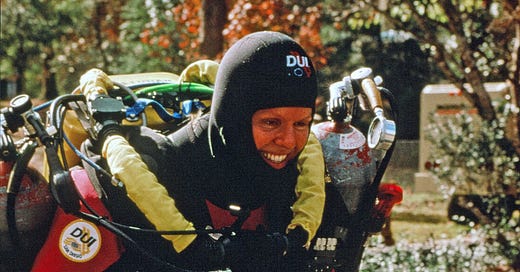


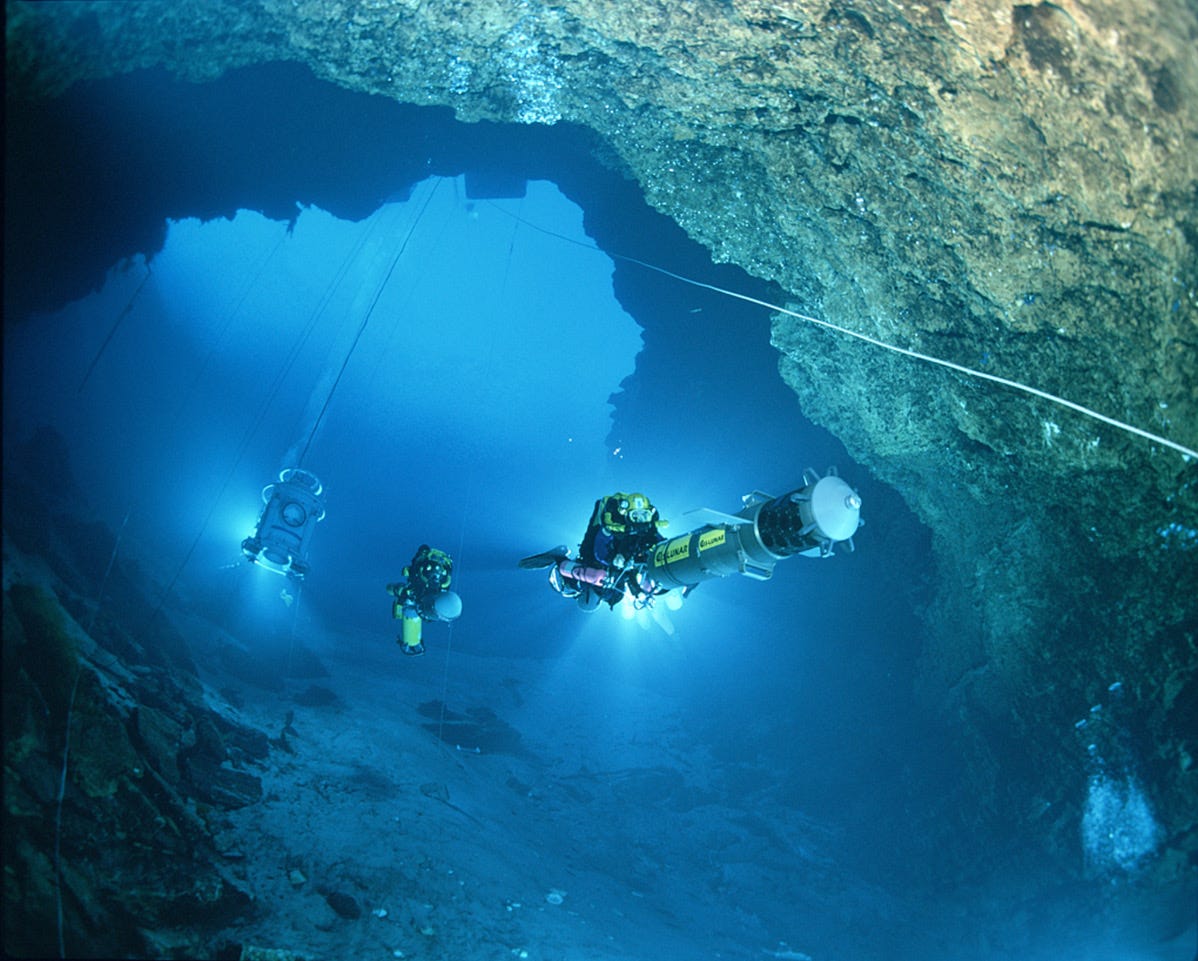
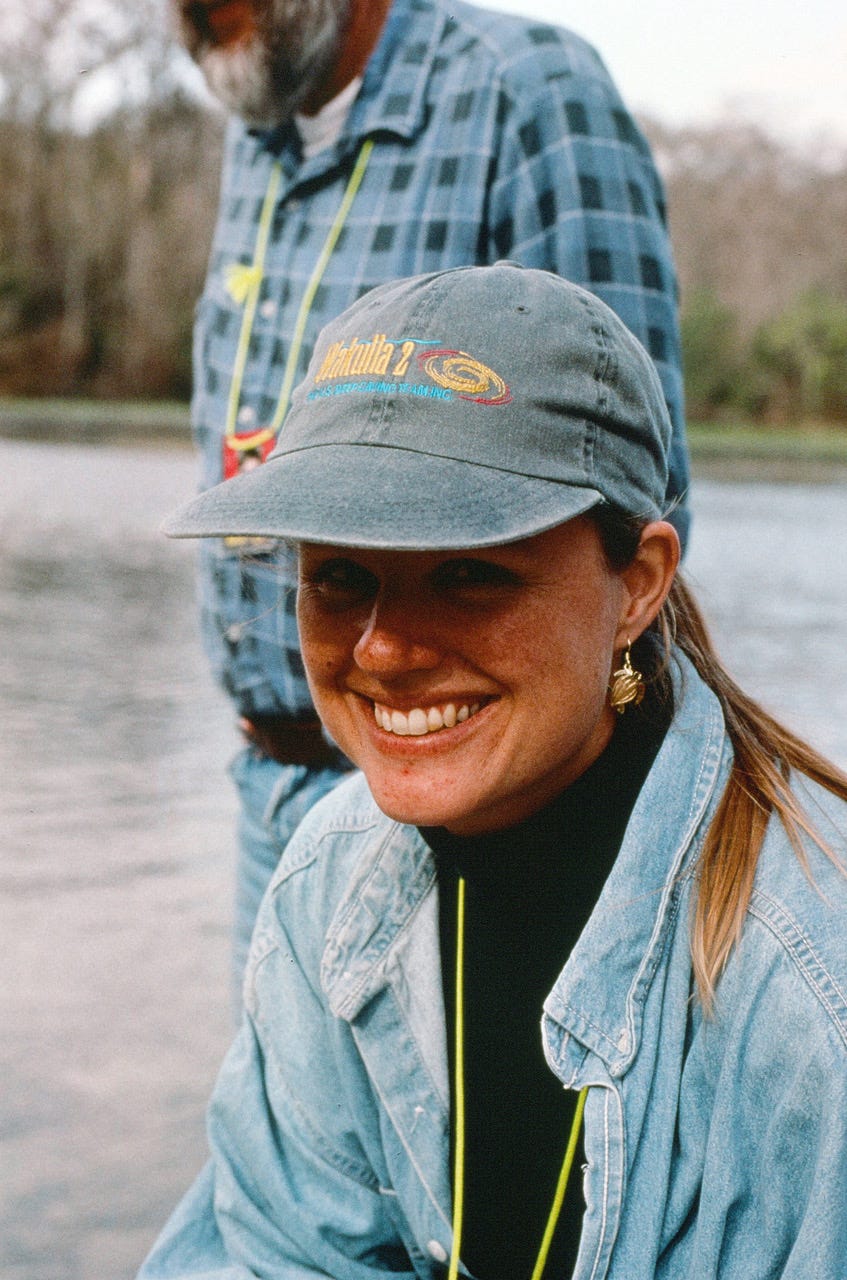
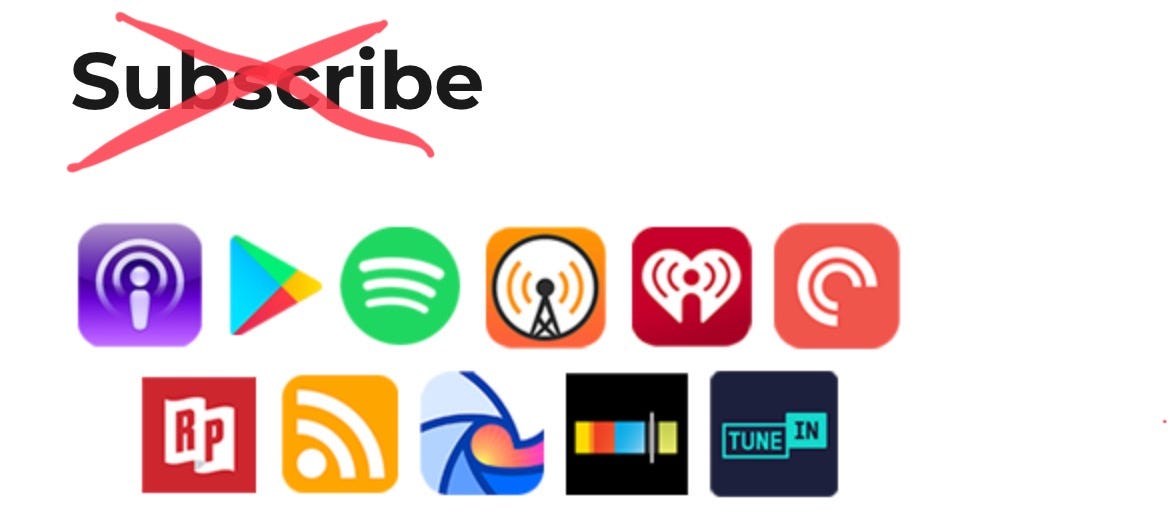

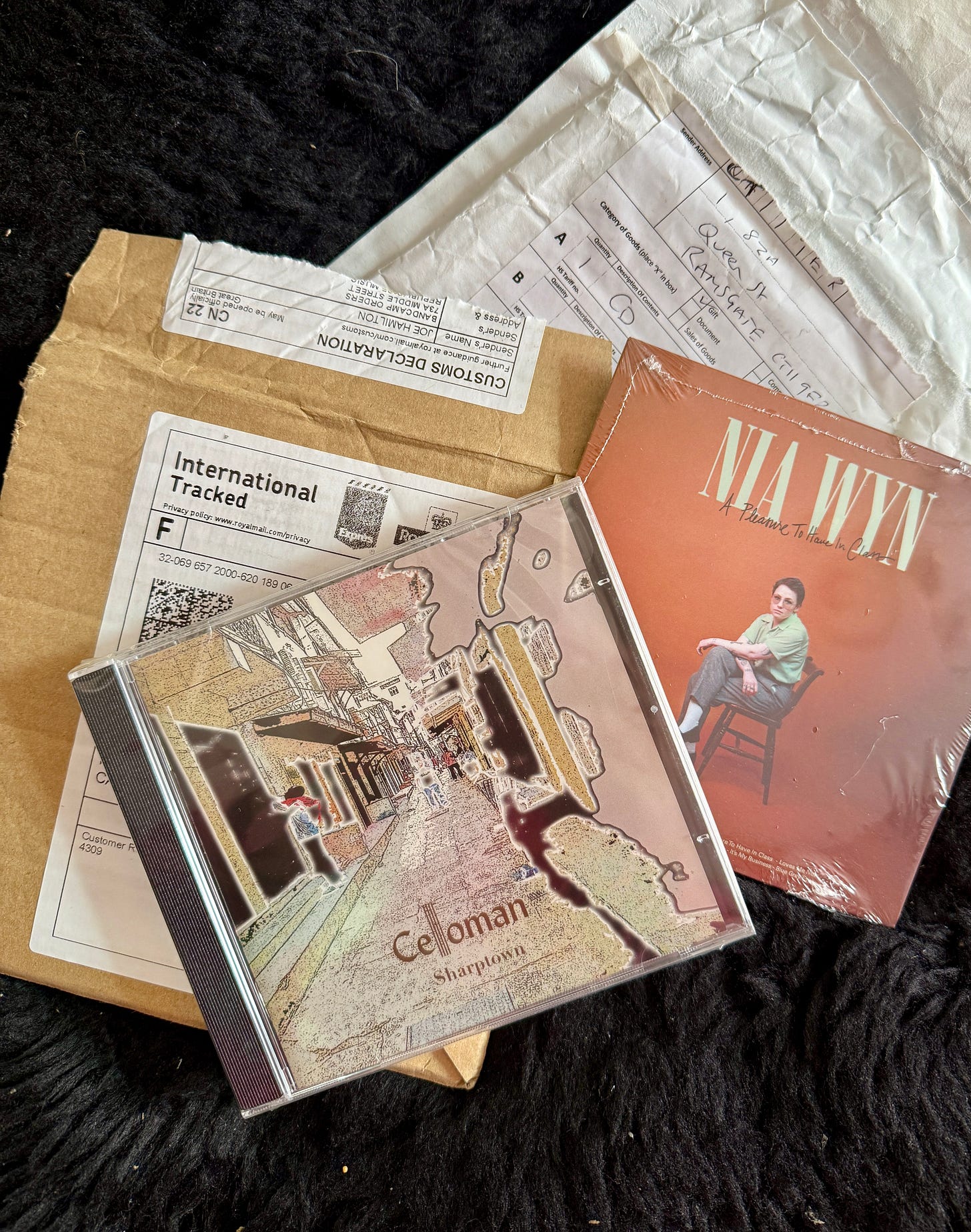
I remember following your exploits in Wakulla in Immersed and being fascinated at the mapping technology. Was a wonderful time of new discoveries.
Wow Jill, your trust in technology is impressive! When I first heard about rebreathers, my first instinct was “hell no!” Now…maybe someday! Wakulla sounds beautiful and frightening at the same time! I love reading the way you describe things!
I hear you Robert! Sometimes I just want to know that in a crisis, a blackout, I can still have my music that helps me cope! I remember how cool I felt when I could record a song from the radio on my record Walkman! I still remember, it was “Power of Love” sang by Jennifer Rush! There is something special about tangible, about knowing it’s yours!